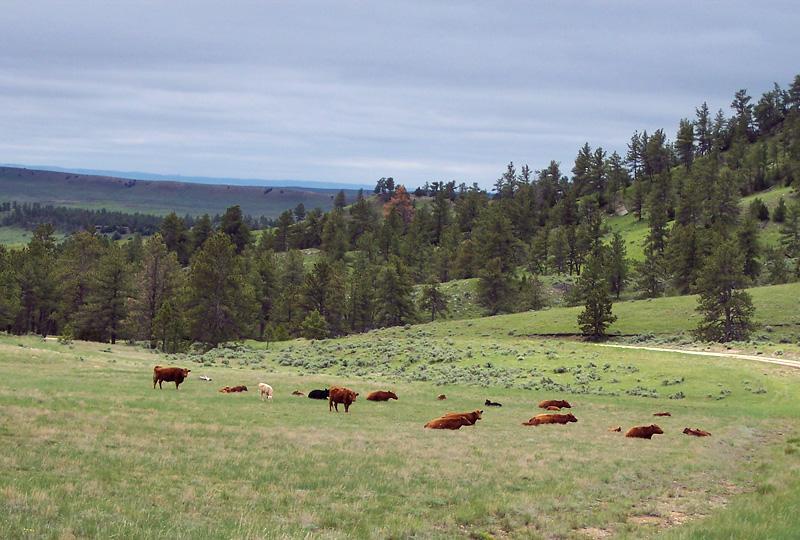AG Land Reassessment
Trish Ladner • May 17, 2021
Fixing the formula

Last Friday, I had the opportunity to attend the Black Hills Association of County Commissioners for their countywide meeting hosted by the Oglala Lakota County at the Prairie Wind Casino. We had the honor of meeting with tribal officials including Close to Earth (Kevin Killer) Oglala Sioux Tribe President and Representative, Peri Pourier, from District 27. Close to Earth, a former state representative, encouraged our rural areas to work together as good neighbors and build rural South Dakota together. I appreciated their warm welcome, and support. This was a great opportunity to meet with our west river commissioners and get their insight and feedback on the current issues facing all of our county’s west river. Several issues were addressed including the new soil survey in relation to agricultural re-assessments and the American Rescue Plan Act funds.
Stacey Martin from Fall River County, Geological Information Systems (GIS) Coordinator presented and excellent overview of information to the commissioners and guests regarding the flaws in the state’s new reassessment formula and how it drives tax assessments up higher than we have seen in over a decade. In a nutshell, the state’s new formula moves damaged soil over to cropland status doubling and, in some cases, tripling the value of the land and the rate it is taxed at. GIS does have the ability to adjust the assessment accordingly, but the new formula is not recalculating as it should. Her entire presentation to the Fall River County Commissioners can be viewed on the Fall River County Commissioner’s YouTube channel for the meeting held on May 6th (1:45 min into the video). I highly recommend that you watch her presentation. Stacey Hayes, Director of Equalization for Fall River County has been in contact with Wendy Semmler, the Property Tax Program Manager the Department of Revenue and they plan on meeting towards the end of this month to see if there are any anomalies in the table and to discuss the AG reassessment and the formula calculations. It is my hope that they will be able to determine if this is a county, west river or statewide problem and then fix the formula. After their meeting at the end of May, they will schedule a public meeting to bring the entire community up to speed on their findings and hopefully solutions. Agriculture is the largest industry in South Dakota and the lifeblood of our economy. We all need to be advocates at the county and state levels for our ranchers and growers and solve this problem.
Jennifer Sietsema, Executive Director, BH Council of Local Governments gave an overview of the American Rescue Plan Act funds. On May 10th, the Federal Treasury opened the portal for applications for funding to counties across the United States (available at this time, only to the counties). She explained that after a county submits a successful application, 50% of the allocation will be sent to the counties. The second payment will come no earlier than 12 months after the first payment. Eligible projects include public health emergency personnel premium, small business assistance, travel, tourism, government services, to the extent of decrease in revenue as well as investments in infrastructure: water, sewer & broadband. No funds may be used for pension funds. The Council of Governments will not be involved this time around with the application process or troubleshooting of the application process like they were for the CARES Act. Arron Scheibe, the new Chief of Staff for Governor Noem, was involved in the CARES Act process and she was confident that he will have a good handle on the process going forward.
When leaders in our communities reach out to me, I listen and work to get answers and/or direction for them and I will do the same for you! I truly believe that if we work together, we can accomplish anything!
Representative Trish Ladner
District 30
trish.ladner@sdlegislature.gov
